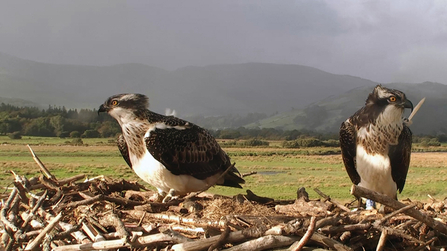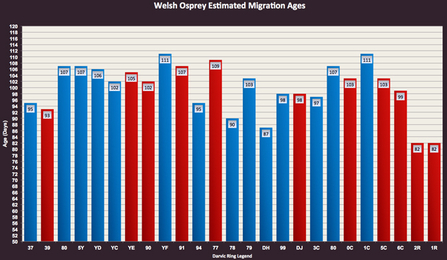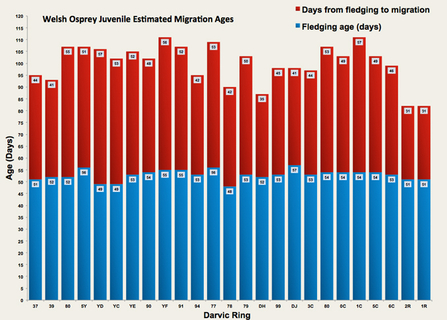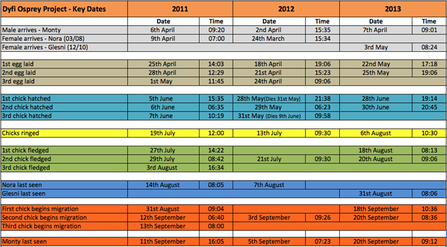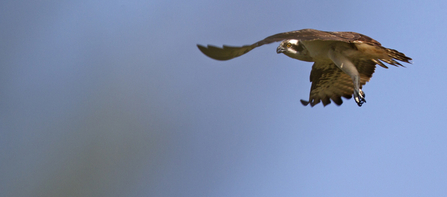Clarach and Cerist have started the greatest journeys of their lives. Clarach left the Dyfi on Wednesday morning, her sister went two days later followed by their father, Monty. The Dyfi is once again osprey-less for another winter.
The last photo of both sisters together, the following morning Clarach (right) had gone.

